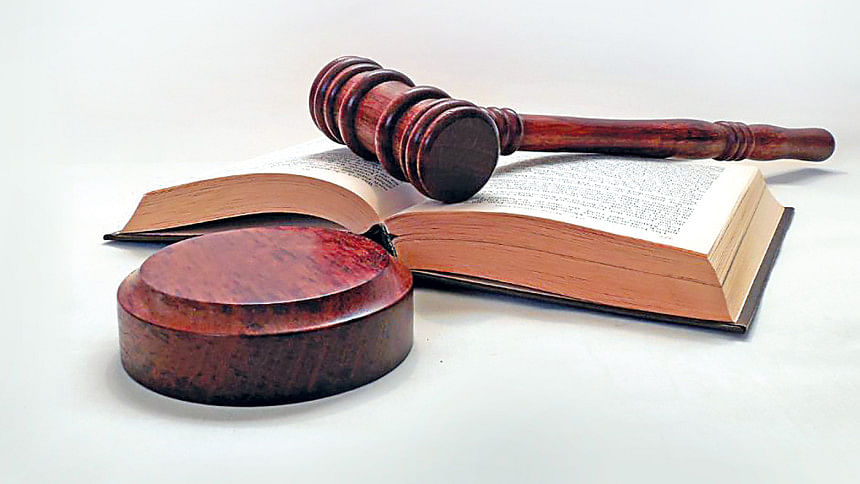Reviewing the proposed reforms to the civil procedural law

Widely perceived as a colonial relic, the Code of Civil Procedure 1908 (CPC) has been criticised and held liable for procedural impediments and excessive delays in the administration of justice. This piece aims to discuss the proposed changes to be brought to the Code of Civil Procedure (Amendment) Ordinance 2025. First, under section 57 of this Code, the government was able to fix monthly subsistence allowance for the judgment-debtors on the basis of rank, race, and nationality. This provision has been repealed by the upcoming Amendment due to its discriminatory element.
Second, for modernising the modes of summons delivery, a significant change is introduced in Order V Rule 9 (3) that discusses the delivery or transmission of summons to the defendant in a civil litigation. Previously, the provision mentioned that on the application of the plaintiff, the Court may direct the summons to be served by means of transmission of documents through fax or email, in addition to the serving of a physical summons as per sub-rule 1. The proposed Ordinance adds other methods such as "Short Message Service, Voice Calls, Instant Messaging Services" as the methods for delivering or transmitting summons. The new Ordinance also requires the insertion of phone number, national identity card number (NID), and email address (optional) of the plaintiff and defendant while filing a plaint for civil suit under Order VII Rule 1 of the Code.
To make the law time-efficient, section 11 of the proposed Ordinance inserted a new proviso in the Order IX Rule 13. This rule previously allowed the defendant to apply for setting aside an ex parte decree against him for non-appearance on the fixed date in the court. However, the new proviso of the Ordinance requires not to set aside an ex parte decree more than once at the instance of the same defendant. Furthermore, section 12 of the proposed Ordinance brings changes to Order XVII of the Code, which deals with the adjournment of the hearing of a suit. Previously, under Order XVII Rule 1(3), the Court had the power to grant a maximum of 6 adjournments in a suit at the instance of either party before a peremptory hearing. The new Amendment reduced the power by only allowing the court to grant a maximum of four adjournments. Moreover, to reduce procedural hurdles and the sufferings of the parties to the suit, parties are no longer required to be produced in the examination-in-chief as part of oral submission. Parties will produce their pleadings by submitting a statement of their pleadings by affidavit, along with the documents upon which they rely. This provision will be inserted in the Code by Rule 4A in Order XVIII.
Next, previously, the decree-holders were required to apply for the execution of the decree separately after getting the decree in their favour. However, by insertion of Rule 104 of Order XXI, decree-holders will no longer be required to bring a separate proceeding for decree execution. The mode of execution of the decree for the payment of money will see a paradigm shift with the new Rule 30A under Order XXI.
Lastly, some minor changes were introduced to Order XLI of the Code. In Rule 21 of the Order, a proviso was added as "Provided that no appeal shall be re-heard more than once under this rule." In the marginal note of Rule 24 of the same Order, the term "may" is substituted by "shall".
Indeed, our century-old colonial-era CPC required reforms for a long time. With time, it will become clearer how effective the changes are and what further changes are required.
The writers are lecturer in law, Bangladesh Army International University of Science and Technology.

 For all latest news, follow The Daily Star's Google News channel.
For all latest news, follow The Daily Star's Google News channel. 



Comments